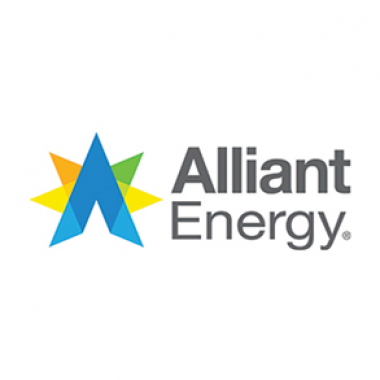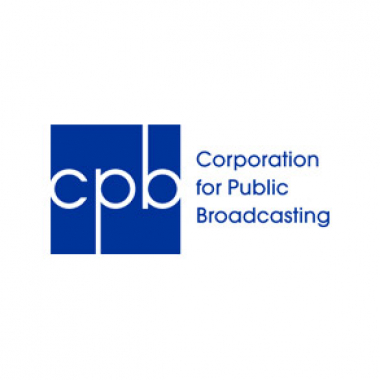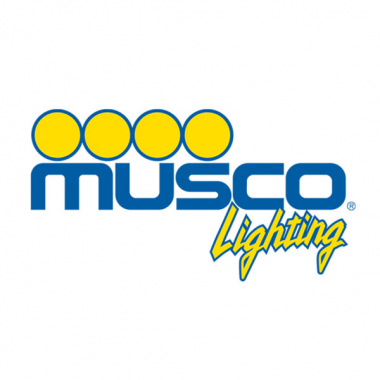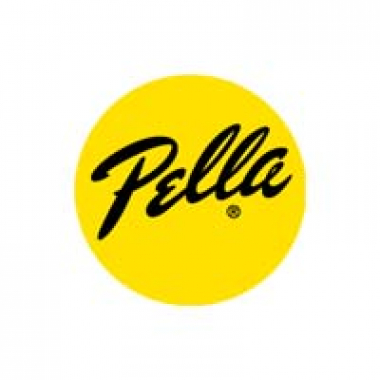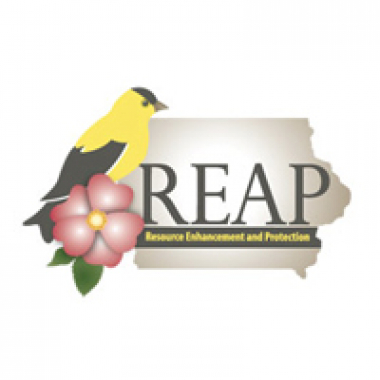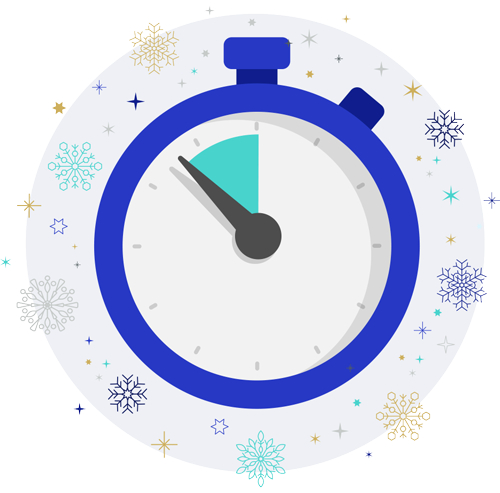Integrate
Phenomena-driven instruction helps students engage in practices to develop the knowledge and skills necessary to explain or predict the phenomena. It’s the phenomenon plus the student-generated questions about the phenomenon that guides the learning and teaching. The practice of asking questions or identifying problems becomes a critical part of trying to figure something out.
The most powerful phenomena are those that are culturally or personally relevant or consequential to students. Such phenomena highlight how science ideas help us explain aspects of the real world, or lead to solutions to science-related problems that matter to students, their communities, and society.
Over time, engaging students with local phenomena has the power to teach your students that science happens where they are and that they can be scientists.
Get started in engaging your students with phenomena.
Methods
Many high-leverage instructional strategies allow for integrating phenomena to encourage deep understanding of content areas and to build skills to apply knowledge in meaningful ways. Here are some examples of high-leverage instructional strategies that apply to phenomena-based education.
Driving Questions Board
A Driving Questions Board (DQB) can be an effective strategy to explore a phenomenon, allowing students to brainstorm, sort, synthesize and continually revisit student questions to drive investigations. While implementing a DQB can take finesse and patience, when done well, it can be a powerful classroom tool in the phenomena exploration process. Watch and listen as teachers across different grade levels discuss this strategy and see them use it in their classes.
Notice and Wonder Routine
The Notice and Wonder routine can provide students of all grades and abilities a low-stakes opportunity to observe a new phenomenon and identify things they notice or wonder about what they see. Learn more about this strategy from teachers across different grade levels as they discuss and demonstrate the Notice and Wonder strategy with their students.
Data-Focused Phenomena
While phenomena are often hands-on, photos, or videos, data can also be a source of rich, curiosity prompting phenomena. From charts and tables, to maps and models, data can guide student questioning and learning. This example from one high school teacher demonstrates how data can be used throughout the learning process.
Classroom Examples
Explore how Iowa teachers are integrating phenomena in the classroom.
Elementary School
Online-based media can be an effective way to engage elementary students with locally-relevant phenomena. Watch as this elementary teacher models and discusses effective phenomena-based strategies and hear directly from students about the power of exploring phenomena that are meaningful to them.
Middle School
Watch and learn as middle school teachers and students discuss how local phenomena can make science relevant and engaging.
High School
Online phenomena can include more than just photos or videos. Watch as this high school class uses photos, videos, datasets and more to learn about phenomena impacting their community.
Resources
- Outdoor Educator Resources to Support Phenomena-Based Education: Outdoor educators are experts in the natural phenomena in their area of Iowa! From unique species to critical challenges, these educators are valuable resources for identifying phenomena. In collaboration with Iowa outdoor educators, Iowa Conservation Education Coalition (ICEC), and Iowa Association of Naturalists (IAN), we developed this resource to support the unique needs for Iowa's naturalists, conservations, and informal outdoor educators.
- Iowa PBS Notice and Wonder and Wonder Printable: Having students ask questions is a key component of using phenomena. One strategy to promote questioning is to ask students first what they notice about a phenomenon and then what they wonder about it. This "notice and wonder" strategy is simple but can be very effective, especially when done collaboratively using a chart format. Iowa PBS has created an Iowa Science Phenomena Notice and Wonder chart that can be downloaded for classroom use.
- Using Phenomena in NGSS Designed Instruction: An Interview With Brian Reiser (Video)
- Phenomena for NGSS: How to Use Phenomena
- Next Generation Science Standards: Phenomena
- Qualities of a Good Anchor Phenomenon for a Coherent Sequence of Science Lessons
- NSTA: Designing Phenomenon-Based Instruction
Funding for Iowa Science Phenomena Provided By
